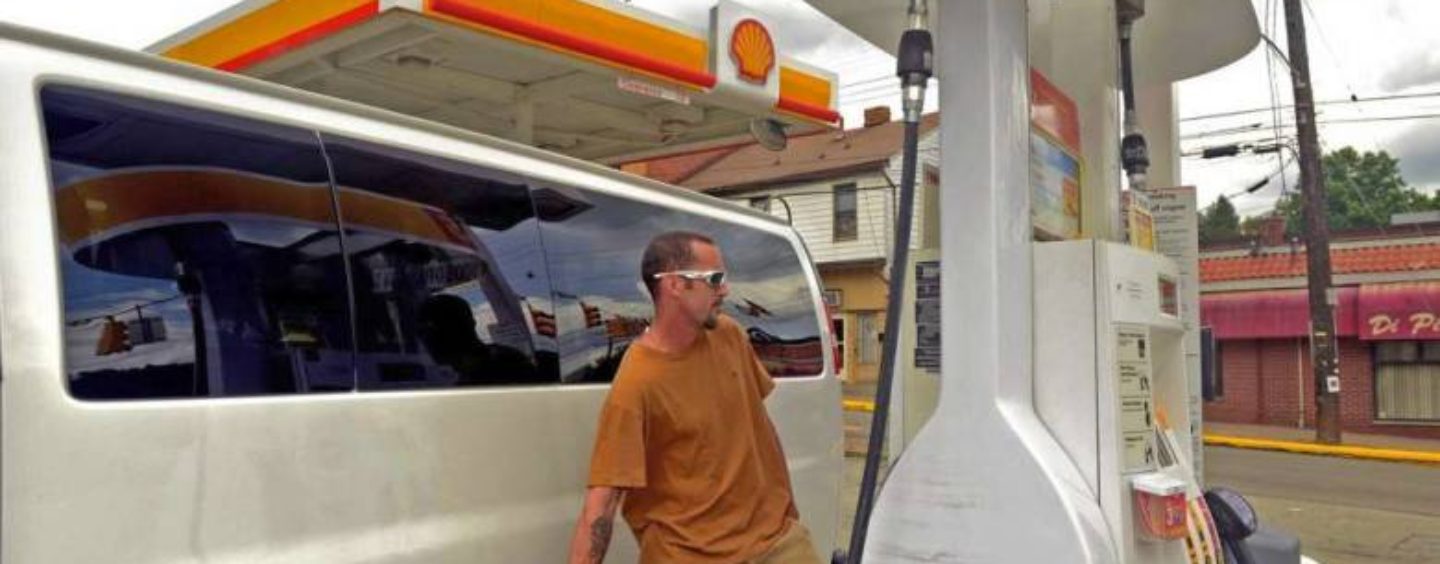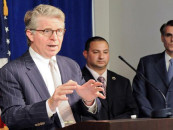North Jersey – PITTSBURGH POST-GAZETTE – Credit card company testing software to flag suspicious payments at gas stations. Self-service gasoline pumps are a favorite place for crooks to test stolen or counterfeit credit cards before going on a shopping spree. Now Visa is trying to cut off the fuel supply. The credit card giant is rolling out new software aimed at predicting whether it’s you or a thief trying to fill up at the pump.
The program uses some 500 pieces of information — including a cardholder’s transaction history and real-time reports on hot spots for fraud — to flag high-risk transactions immediately after customers swipe their cards.
Called Visa Transaction Advisor, the software gives a risk score ranging from zero to 99. The higher the score, the greater the risk of fraud.
If a threshold set by the gas station operator is exceeded — say, getting a score higher than 60 — customers get a message at the pump asking them to complete the sale inside, where a clerk can ask for additional verification.
An analysis of the 6-month-old service showed that frauds drove away after seeing the message, while legitimate customers went inside to pay, said Mark Nelsen, Visa’s vice president for risk products and business intelligence.
“We could see when the card was rejected and a subsequent transaction did not occur that we could identify those that had committed fraud,” he said.
Most customers won’t notice the system because only a very small percentage of transactions — about 1 in 1,000 — should be flagged, he said.
So far, roughly 25,000 gas stations are using the technology, including Chevron and Shell, Nelsen said. Chevron experienced a 23 percent drop in card fraud at the pump in a two-month pilot test begun in late January, he said.
Visa saw a particular need for fraud detection services at the pump because gas stations are expected to take longer than other merchants to upgrade their card readers to accept smart cards embedded with microchips. The smart cards offer better fraud protection than cards with magnetic stripes.
While Visa and MasterCard have set a deadline of October 2015 for most retailers to install new payment terminals, gas stations have until October 2017 to comply because the switch will be more complicated, Nelsen said.
Visa’s new predictive software “is a very nice bridge” to help block fraud before gas stations have a chance to upgrade to chip readers, he said.
Visa charges banks and other card issuers a fee for each transaction it monitors at the pump. Banks in turn charge gas stations a fee.
But service station operators are willing to pay the fee because sales at the pump aren’t authorized by a signature, so unlike with many other types of retail transactions, losses from lost or stolen cards are absorbed by the gas station. (Banks are still liable for fraud via counterfeit cards.)
Nelsen said Visa did not have statistics on fraud at the pumps.
But according to some analysts’ estimates, it’s three to four times the average for other retailers.
Overall, card fraud remains near historic lows, Nelsen said, accounting for 6 cents of every $100 spent globally under the Visa brand.
Are you a victim of fraud or money scam? Share your story with us on the Money Credit and You Facebook page!
Source: North Jersey






